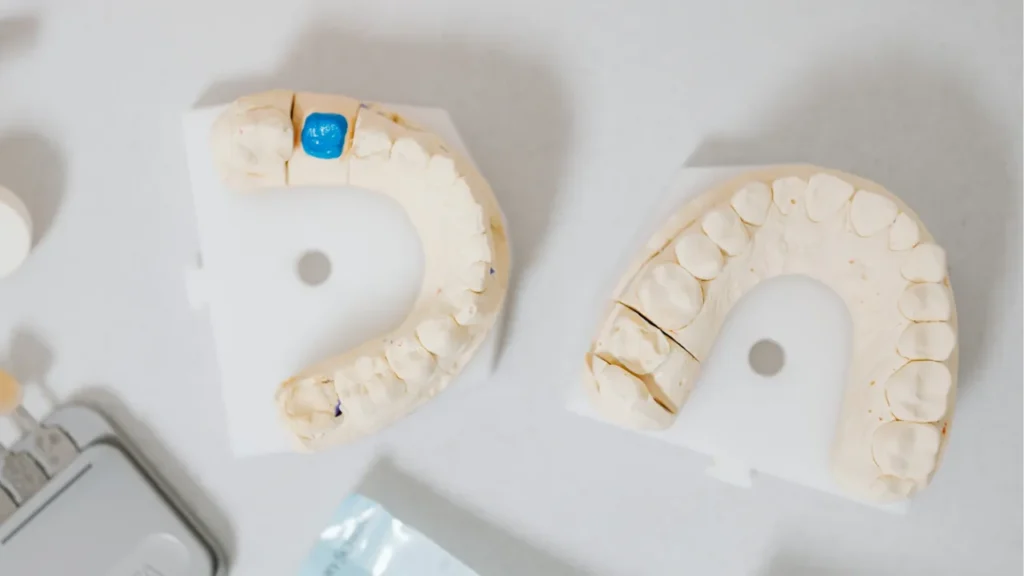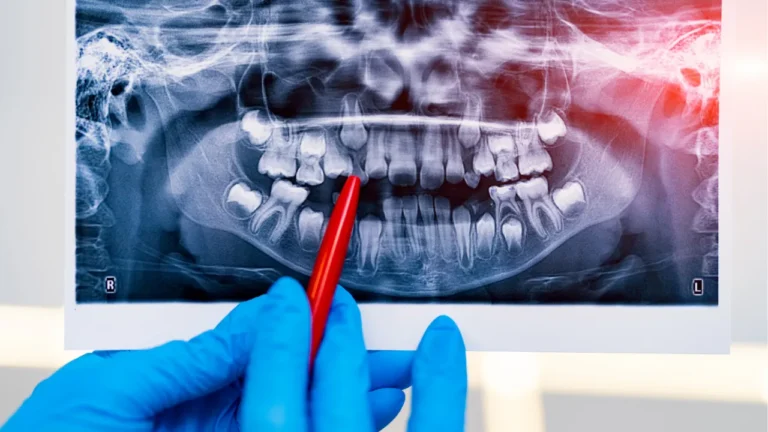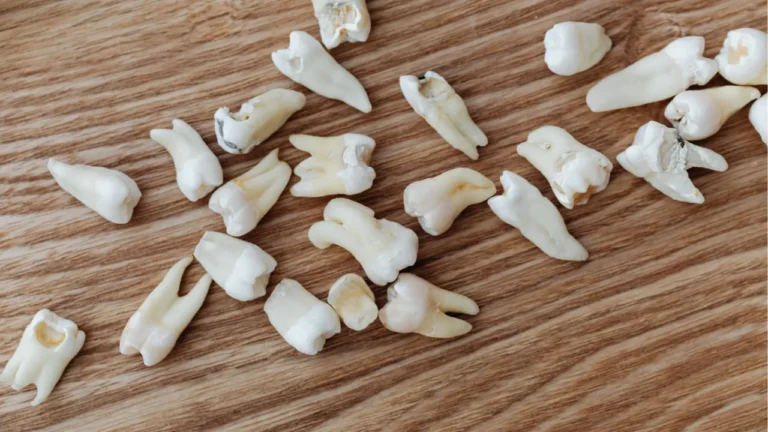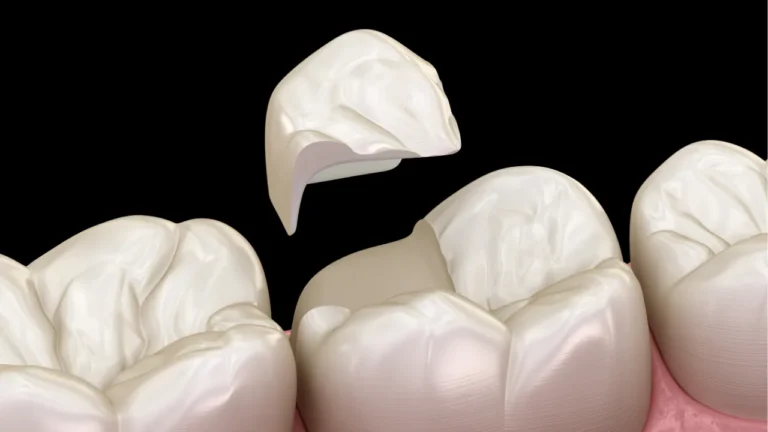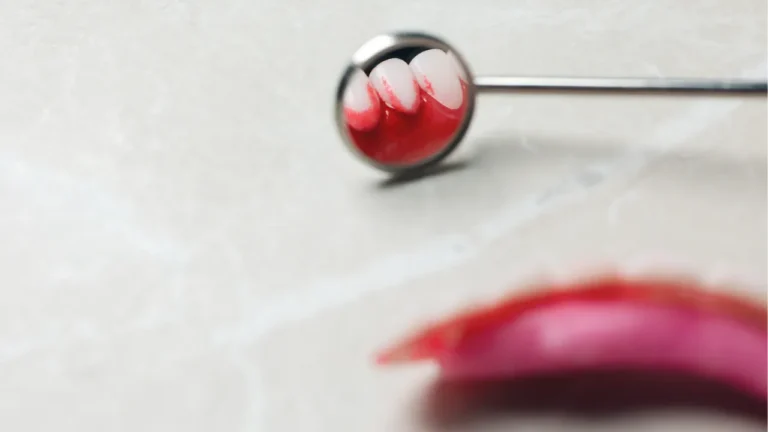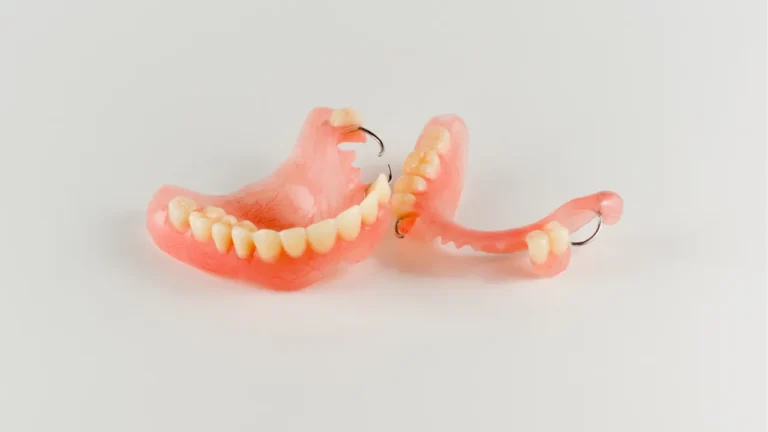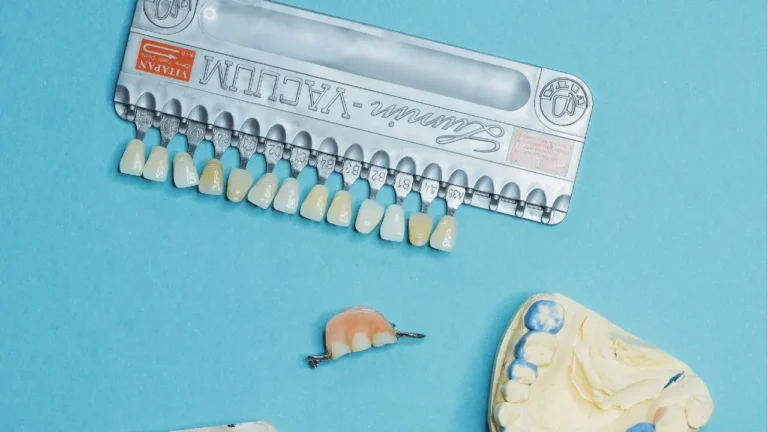A dental crown is the right choice if you have a tooth that’s cracked, severely decayed, weakened after a root canal, or misshapen — it restores strength, function, and appearance.
Crowns act like protective caps, covering the entire tooth surface and preventing further damage.
Made from durable materials like porcelain or ceramic, they’re custom-designed to blend naturally with your smile while providing long-lasting support.
Quick Summary
- Dental crowns restore strength, function, and aesthetics.
- Protect weakened or damaged teeth.
- Can follow root canal treatments or repair fractures.
- Used for cosmetic improvement and to support dental implants.
- Made from materials like porcelain, ceramic, metal, resin, or porcelain-fused-to-metal.
- Placement involves tooth preparation, impressions, temporary crown, and final fitting.
- Require proper oral hygiene for longevity.
What Are Dental Crowns?
A dental crown is essentially a cap placed over a tooth to restore its function and appearance.
Crowns are custom-made to fit your mouth, match the color of your natural teeth, and blend seamlessly with your smile.
They not only improve aesthetics but also protect weakened teeth from further damage, distribute bite forces evenly, and can even hold dental bridges in place.
When Are Dental Crowns Necessary?
Dental crowns are recommended in several scenarios, including:
1. Severe Decay or Damage
When a tooth has extensive decay or a large filling, a crown can provide the extra strength and protection needed to prevent further damage.
Crowns are especially useful when most of the tooth structure is compromised.
2. Post Root Canal Treatment
After a root canal, the treated tooth can become brittle. Placing a crown over the tooth helps reinforce it, reducing the risk of fractures and prolonging the tooth’s life.
3. Cracked or Fractured Teeth
If you have a cracked or fractured tooth, a crown can hold the pieces together and prevent further splitting, ultimately preserving your natural tooth.
4. Cosmetic Reasons
Crowns are also used to cover misshapen or discolored teeth. If you’re looking for a smile makeover, dental crowns can provide a natural-looking, uniform appearance.
5. Restoration of Dental Implants
In some cases, a crown is placed over a dental implant.
The implant acts as the root, while the crown functions as the visible part of the tooth, ensuring both functionality and a natural look.
Types of Dental Crowns
Understanding the different materials available can help you make an informed decision:
Porcelain or Ceramic Crowns
- Aesthetic Appeal: These crowns are ideal for front teeth as they closely mimic the translucency of natural tooth enamel.
- Durability: While very strong, they may be more susceptible to chipping than metal-based crowns.
Metal Crowns
- Strength and Longevity: Made from gold or other metal alloys, these crowns offer exceptional durability.
- Usage: Often used for molars where the bite force is higher, though they are less natural in appearance.
Porcelain-Fused-to-Metal Crowns (PFM)
- Balance of Strength and Aesthetics: These crowns have a metal base for strength and a porcelain exterior for a natural look.
- Considerations: The porcelain can sometimes chip, and the metal base may show as a dark line if the gums recede.
Resin Crowns
- Cost-Effective: Resin crowns are typically less expensive but may not last as long as other types.
- Usage: They can be a temporary solution until a more permanent crown is fabricated.
The Dental Crown Procedure
Initial Consultation and Examination
Your dentist will begin with a thorough examination, which may include X-rays, to assess the condition of your tooth.
This step is crucial to determine if a crown is the best treatment option and to plan the restoration accordingly.
Preparation of the Tooth
- Shaping the Tooth: The tooth receiving the crown will be reshaped by removing a portion of the outer structure. This creates enough space for the crown to fit securely.
- Impressions: Once the tooth is prepped, impressions of your teeth are taken. These impressions help create a crown that fits perfectly. In some cases, digital scanning technology is used for increased precision.
Temporary Crown
A temporary crown is often placed to protect the prepared tooth while your permanent crown is being fabricated. This temporary solution helps maintain aesthetics and function.
Fitting the Permanent Crown
- Adjustment: When the permanent crown is ready, your dentist will remove the temporary crown and place the new one over your tooth. Minor adjustments may be necessary to ensure a comfortable bite and proper alignment.
- Cementation: Once the fit and appearance are confirmed, the crown is permanently cemented in place.
What to Expect During the Process
During the Procedure
- Comfort: Most patients experience little to no discomfort during the procedure, thanks to local anesthesia and modern dental techniques.
- Time Frame: The process typically requires two visits—one for preparation and impressions, and a second for fitting the permanent crown. Some advanced dental practices may offer same-day crowns using CAD/CAM technology.
After the Procedure
- Immediate Aftercare: You might experience slight sensitivity or discomfort, which can usually be managed with over-the-counter pain relievers.
- Long-Term Care: With proper oral hygiene and regular dental check-ups, dental crowns can last many years. Avoid chewing on very hard foods to prolong the crown’s lifespan.
Potential Risks and Considerations
While dental crowns are a reliable solution, it’s important to be aware of potential risks:
- Sensitivity: Some patients may experience temporary sensitivity to hot or cold, which usually subsides over time.
- Crown Failure: Although rare, crowns can sometimes come loose or crack. Immediate dental consultation is advised if you notice any issues.
- Gum Irritation: Inadequate fit or poor oral hygiene may lead to gum irritation or inflammation around the crown area.
Conclusion
Dental crowns are a versatile and effective solution for restoring damaged teeth, enhancing your smile, and maintaining overall dental health.
At Every Smile Dentistry, our goal is to provide personalized care and ensure you are fully informed about your treatment options.
Whether you need a crown for structural support, cosmetic improvement, or after a root canal, understanding the process can help you feel confident and prepared for your appointment.

